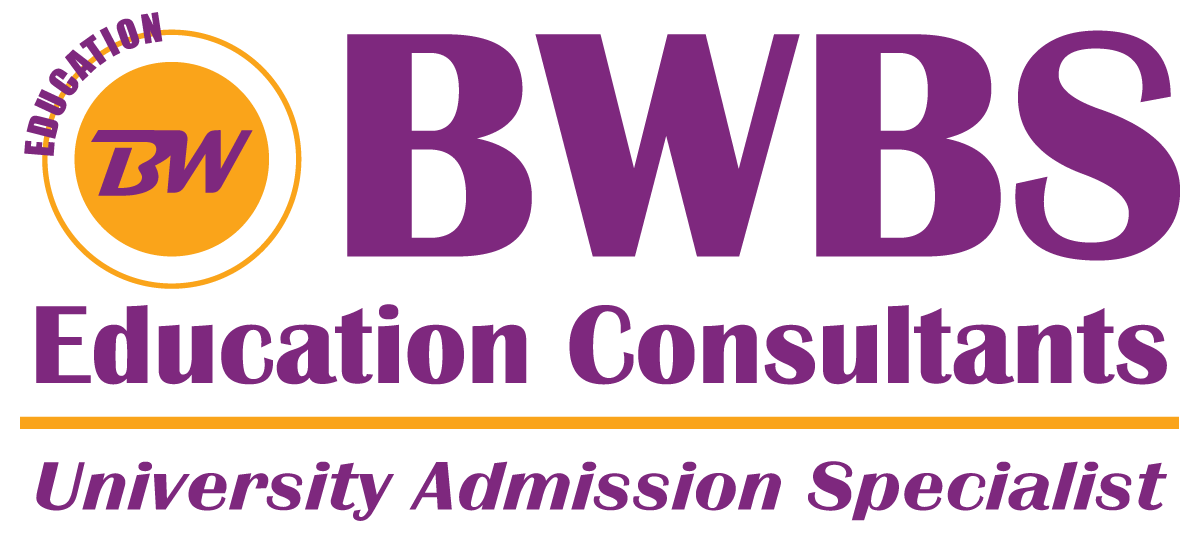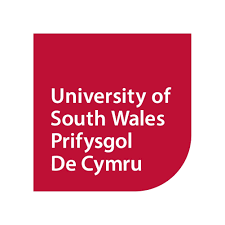The Aircraft Engineering & Maintenance Systems (AEMS) Top-Up course is specifically aimed at those that would like to build on the industry qualifications and experience they already have (such as an appropriate EASA Part-66 certification) and those that hold a relevant HND, or equivalent qualification, to attain an engineering degree.
In many cases, due to reasons such as working full-time, people who would like to study for a degree in their chosen career are unable to do so.
Therefore, the course offers multiple modes of study, with the full-time version taking only one academic year. The part-time route takes two academic years, which consists of 60 credits each year at level 6.
The part-time course will be delivered in two ways – a traditional method, where students attend for one or (possibly) two days a week and a purely online distance learning delivery with no requirement to attend university on a full-time basis.
The University has recently invested another £3.3m into its existing aerospace facilities. A two-storey Aerospace Centre extension adds 1,000m2 of practical workshop and laboratory space for engineering students. This includes two aircraft hangars with a civil aircraft and an MP521 engineering flight simulator.
The Aerospace Centre is home to a Jetstream 31 Twin Turboprop aircraft, assembled with Honeywell TPE331 Engines and Rockwell-Collins Proline II Avionics, alongside a B747-400 Flight simulator. The Centre also includes a gas turbine maintenance workshop, simulated aircraft shell riveting area, hand tools workshops and a welding bay, plus clean and dirty composite workshops for specimens and repairs.
Dedicated laboratory space for electronic practical tasks, avionics systems, hydraulics and pneumatics also feature providing students with hands-on practical experience. Our sub-sonic wind tunnels are used for basic aerodynamic instruction, testing and demonstrations on various aerofoil shapes and configurations. While our single-seater, full motion, three-axes Merlin MP521 engineering flight simulator can be programmed and simulate any existing aircraft type.
Our EASA-approved facilities have also been fully approved by the Civil Aviation Authority (CAA).

